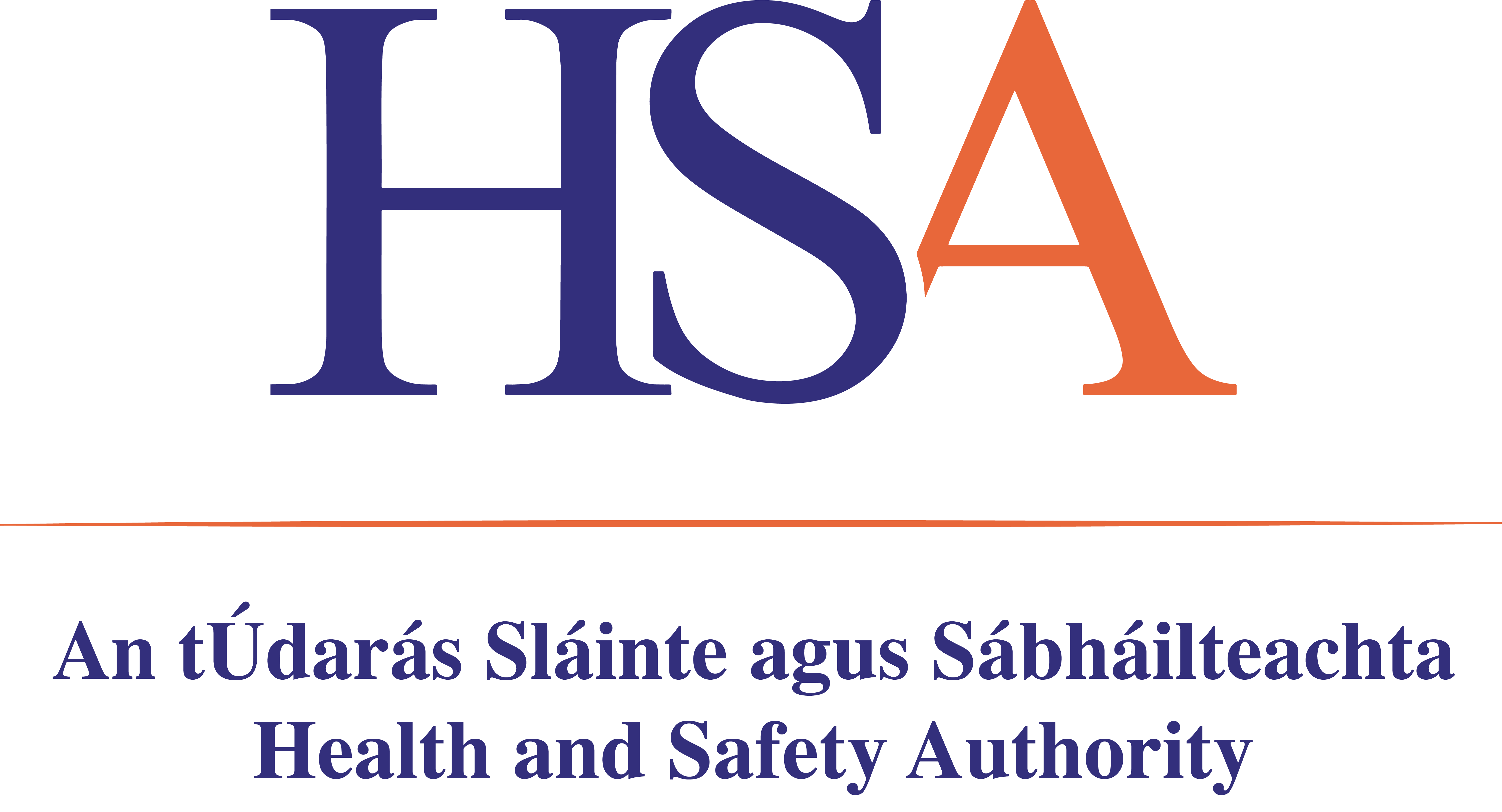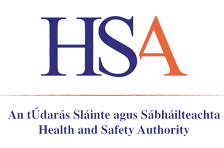|
|
Draft "Safety, Health and Welfare at Work (General Application)(Amendment No. 2) Regulations 2009 (Emergency Routes and Exits) and associated draft Guidance" 1. Introduction 2. Objective of the draft Regulations Regulation 12(d) and (e) of the General Application Regulations 2007 currently provide as follows - (d) emergency exit doors open outwards, Those provisions are designed to transpose into Irish law the requirements of Paragraph 4.4 of Annexes I and II to Council Directive of 30 November 1989 concerning the minimum safety and health requirements for the workplace (OJ L393, 30.12.1989, p.1) - "4.4. The Health and Safety Authority’s guidelines on the General Application Regulations 2007, are brief in relation to Regulation 12 comprising - "People often fail to appreciate how quickly a fire can spread. It is vital that fire exits are not blocked or obstructed and that any such obstructions are removed without delay. Floor markings and signs should indicate the areas to be kept clear. The Building Regulations Technical Guidance Document B: Fire Safety provides useful information but where there is a conflict between that Guidance and these Regulations, these Regulations must be followed." The general principle of emergency exits opening outwards is widely accepted as an ideal but is complicated by a range of issues such as:
It may also be noted that manufacturers provide sliding doors that can open outwards from any position and rotating doors that can be easily converted to outward opening upon application of pressure. Following a review of the existing provisions it is considered that the current text of Regulation 12(d) does not deal adequately with the wide range of issues that can arise in building design and management. Noting also the widespread application of Technical Guidance Document B (TGB), it was concluded that for the present, this document should remain the principal source of guidance. Guidance on fire safety issued by the Department of the Environment, Heritage and Local Government has traditionally referenced relevant British Standards. The current TGB permits revolving and automatic doors on escape routes if - (a) they are automatic doors complying with BS 7036 and either:
(b) swing doors to the required width are provided immediately adjacent. More recently, BS 9999:2008; "Code of practice for fire safety in the design, management and use of buildings", has a similar wording in its section 14.2 dealing with acceptable means of escape, i.e. fail safe turnstiles, revolving doors and automatic doors conforming to the relevant part of BS 7036 provided that either:
The proposed revised Regulation 12(d)(i) and (ii) provides that employers must ensure that "the mode of operation of doors or turnstiles on emergency routes and exits is appropriate for the use, equipment and dimensions of the place of work and the maximum number of persons that may be present", and such doors or turnstiles must "be installed, periodically checked and maintained so as to be in proper working order". This replaces the previous duty in Regulation 12(d) and (e) that employers ensure that "emergency exit doors open outwards and that any sliding or revolving doors that are fitted are not used, or intended to be used, as emergency exits". The proposed revised text is consistent with the principles of risk evaluation and adjusting measures to take account of changing circumstances and adaptation to technical progress. It also reduces potential conflict with the application of the Fire Services Acts. 3. Comments and Observations Invited The text of the following may be accessed at the links below - |

